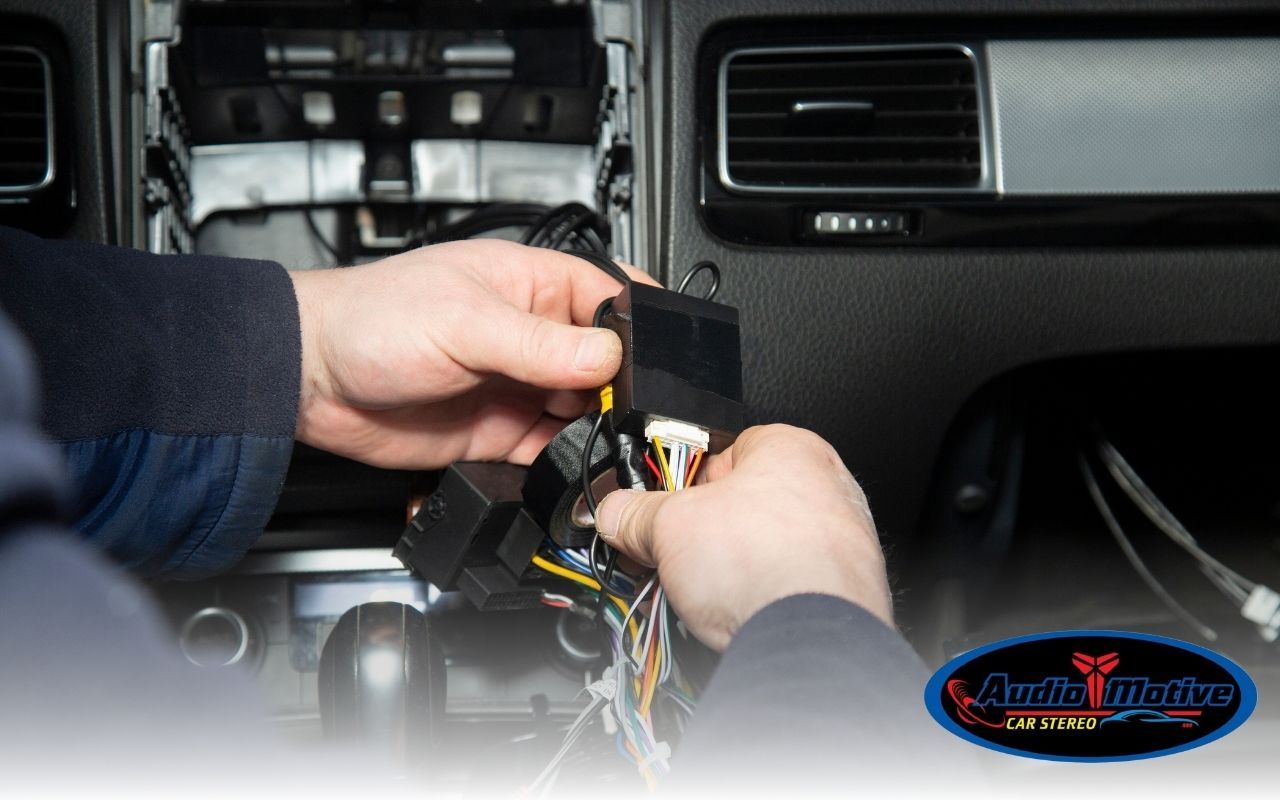
Wondering how to tune your car amplifier for the best sound quality? Whether you’re upgrading your audio or wiring multiple amps into your car system, understanding amp tuning is essential. A well-tuned amplifier delivers clear sound without distortion and enhances your driving experience.
At Audiomotive in San Leandro, we help car audio enthusiasts in Fremont, San Lorenzo, and San Francisco fine-tune their setups for perfect performance. If you’re ready to get hands-on, this guide will walk you through the process.
Tuning a Car Amplifier the Right Way
Start With Proper Wiring First
Before tuning begins, make sure your amplifier is installed and wired correctly. If you’re setting up multiple amps, it’s important to understand signal flow. Poor wiring can cause feedback, power drops, or even equipment failure.
When learning how to wire multiple amps in your car, here are some basics:
- Use a distribution block to split power from your battery
- Ground each amp separately using solid contact points
- Run RCA cables from the head unit to each amplifier
Once wired correctly, tuning can begin.
Adjusting the Gain for Balance
Why Gain Isn’t Volume
A common mistake is thinking that gain is just volume—it’s not. Gain controls how strong the signal is from your head unit to the amplifier. If it’s set too high, you’ll get distortion; if it’s too low, your audio will sound weak. To properly adjust gain, start by turning off all EQ and bass boost settings on your head unit. Then, play a clean test tone or a song at around 75% volume. Slowly raise the gain until you hear slight distortion, then back it down just a touch for a clean, balanced sound.
This method helps preserve your speaker life and keeps your sound system crisp.
Fine-Tune the Frequency Filters
Set the Crossover Controls
Most car amps have high-pass or low-pass filters to control which frequencies reach certain speakers. Proper crossover settings ensure each speaker only receives frequencies it can handle.
- For subwoofers: set a low-pass filter around 80Hz
- For door speakers or tweeters: use a high-pass filter around 80–120Hz
Keep your amp and speakers protected by preventing overlapping frequencies.
Testing and Listening for Sound Quality
Do a Real-World Audio Check
After tuning, take a few minutes to listen to music you know well. Sit in the driver’s seat, then in the back. Listen for clarity, balance, and whether the bass and vocals are clean.
Tuning isn’t just technical—it’s personal. Every car interior sounds different, so your ears are the final judge.
If you need professional help or want your entire system wired and tuned, our car audio installation experts can handle the job with precision.
FAQs – How to Tune Your Car Amplifier
What tools do I need to tune my car amplifier?
You’ll need a screwdriver, a clean audio source, test tones (or music), and ideally a multimeter or oscilloscope—but your ears are just as useful.
Can I tune an amp without a subwoofer?
Yes. Tuning applies to all amplifiers, whether powering full-range speakers, mids, or tweeters.
What happens if I set the gain too high?
Excess gain causes distortion, which can damage your speakers and ruin sound clarity. Always tune carefully and back off when distortion appears.
Need Help Tuning or Wiring Your Amps?
At Audiomotive, we specialize in car amplifier tuning, stereo installation, and wiring multiple amps. Whether you’re building a custom system or upgrading your sound, we’ve got the tools and experience to do it right.
We proudly serve drivers in San Leandro, San Lorenzo, Fremont, and San Francisco, CA.
Contact us today for a free consultation or expert audio service.
